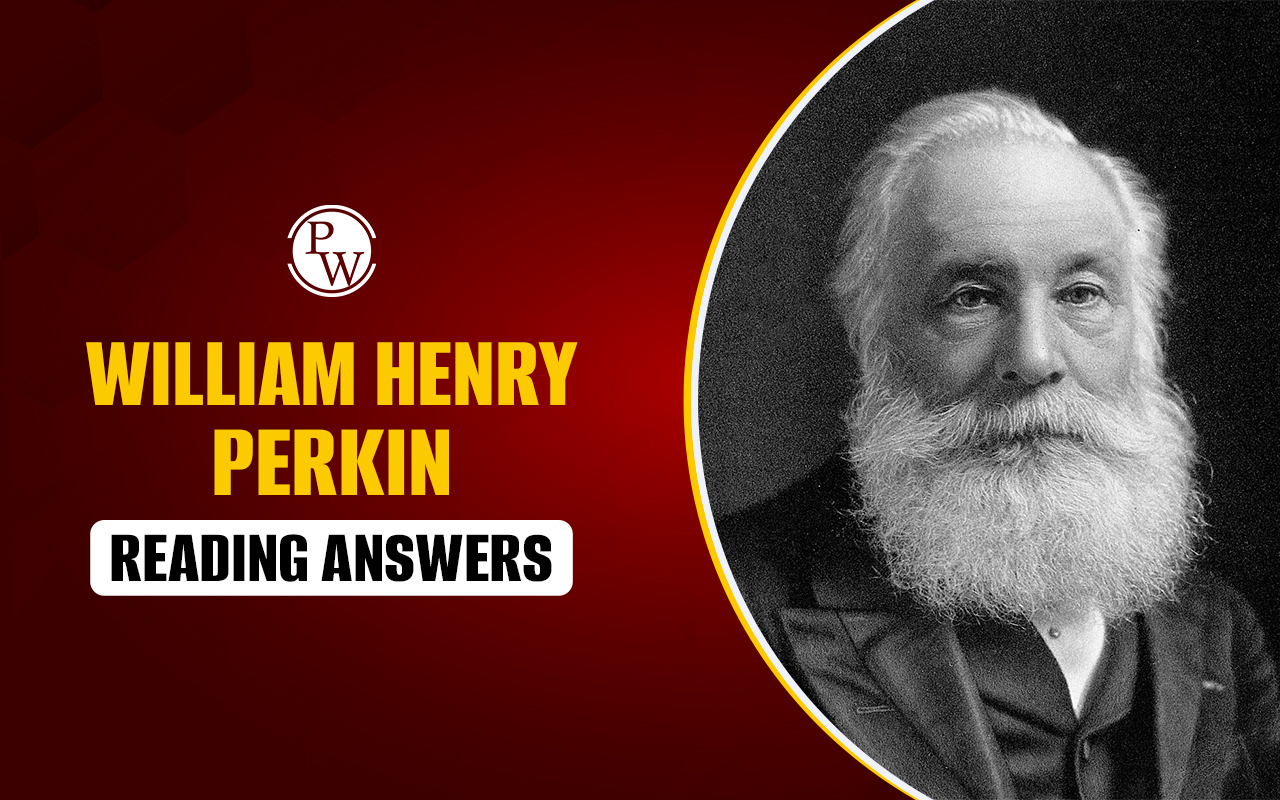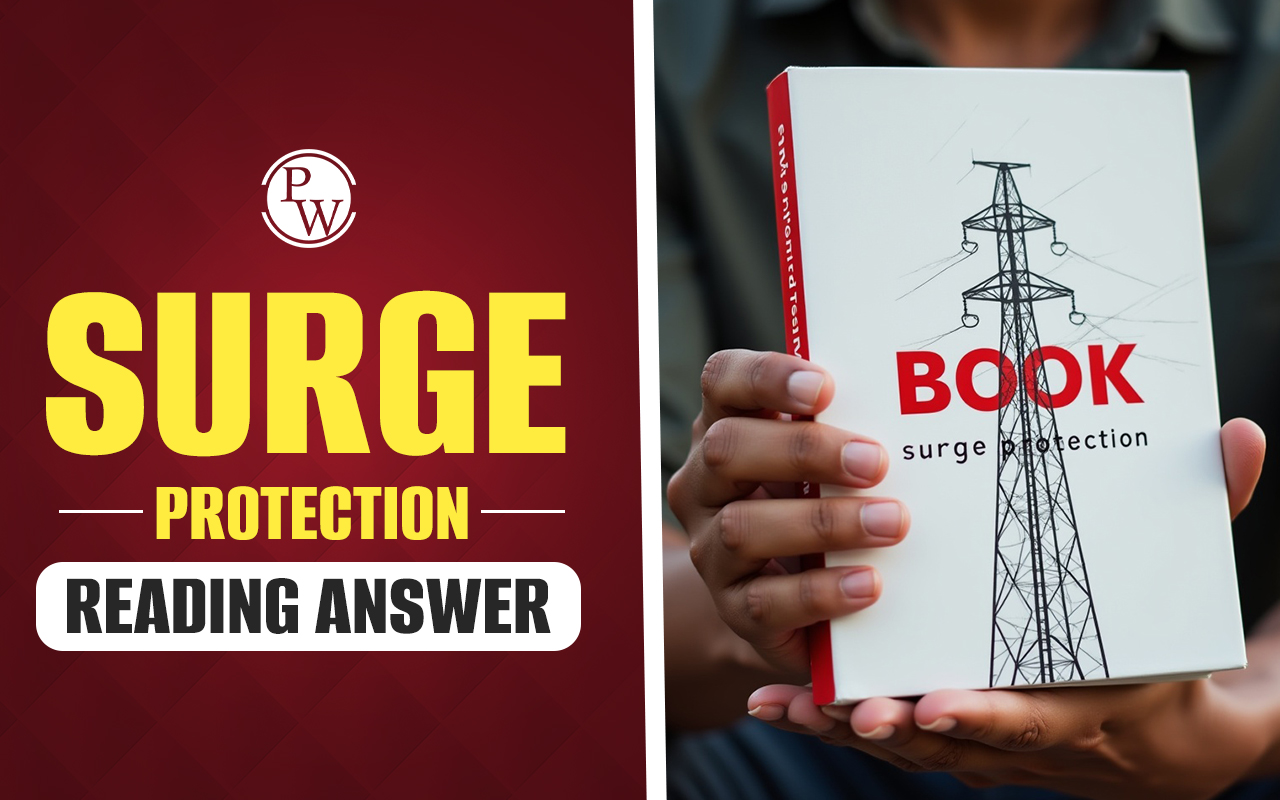
Johnson's Dictionary Reading Answers offers a fascinating look at the history of one of the most influential works in English literature. This IELTS reading passage, Johnson dictionary highlights how Dr. Samuel Johnson compiled over 40,000 words, shaping the foundation of standard English. For learners exploring dictionary history, the IELTS reading test, this passage provides valuable practice in comprehension and analysis.
With Johnson’s Dictionary IELTS passage answers and Johnson’s Dictionary reading explanation, students can strengthen skills in IELTS Reading Topics, IELTS Reading Sentence Completion Questions, and IELTS Reading multiple choice questions, while improving overall IELTS Reading Band Score and mastering the IELTS Reading Test Format.
Johnson's Dictionary Reading Answers Passage
Provided here is the complete IELTS reading passage Johnson dictionary explores how Samuel Johnson created one of the most influential works in language history. Learners can strengthen their practice with Johnson’s Dictionary IELTS passage answers while improving comprehension strategies from common IELTS Reading Topics and exam question formats. Refer to the below given passage to check on your reading skills.
Johnson's Dictionary Reading Passage
The "Johnson Dictionary" was published in 1775, the century before. There was consideration about the quality of the English language. There is no typical way to speak or write and there is no deal on the best way to bring some order to the confusion of English spelling. Dr. Johnson provided the solution. In the past, of course, there have been dictionaries, the first of which was a small book of about 120 pages, collected by a particular Robert Cawdray and published in 1604 under the title A Table Alphabet! Hard regular English words. Similar to the different dictionaries that came after it in the seventeenth century, Cowdrey also sought to focus on the words 'scholar', a function of which is to convey to its student a better sense of learning.
Beyond the practical need to create order out of confusion, the rise of dictionaries was associated with the rise of the English middle class, who defined different worlds and were eager to capture vocabulary and social and business. It is fitting that Dr. Samuel Johnson, a model of the eighteenth-century literary figure as famous as he was in our time, published his dictionary at the very start of the heyday of the middle class.
Johnson was a poet and critic who elevated public knowledge to the pinnacle of genius. His strategy to the problems that plagued writers in the late seventeenth and early eighteenth centuries was an intense practice. Until his time, without the establishment of an academy, the mission of creating such a large-scale dictionary seemed unthinkable, and he wrote that it did not require an academy to settle arguments about the Johnson language to make decisions about right and wrong use. A dictionary itself, he will do it with one hand. On June 18, 1764, Johnson signed a dictionary agreement with Robert Dosley, a bookseller, for breakfast at the Golden Anchor Hotel near Holbom Bar. He was to spend 1.575 in installments, from which he rented 17 Gough Square, in which he arranged his 'dictionary workshop'.
James Boswell, his biographer, told the garret on which Johnson worked as 'fitted like a counting house', with a lengthy desk operating in the middle at which the copying clerks would work standing up. Johnson was in a bitter chair at an 'old crazy deal table', surrounded by a mess of borrowed books. He was assisted by six assistants, two of whom died while preparing the dictionary.
The task of filling about eighty large notebooks is enormous. Johnson wrote definitions of more than 40,000 words and explained their various meanings with 14.000 quotations taken from the English alphabet in each subject from Elizabeth to his time. He did not wish to reach full originality. Working within a time frame, he had to draw the best of all previous dictionaries and turn his work into a courageous collection. In fact, it was too much. Unlike his predecessors, Johnson treated English as a very practical, living language, with many various meanings. He accepted his definitions in the policy of English public law by example. After its publication, his dictionary did not compete vigorously for more than a century.
After many difficulties, the dictionary was ultimately published on 15 April 1775. It was immediately admitted as a symbol throughout Europe. This is a very classic task. The author of the leading Italian dictionary wrote, 'It will be a lasting memorial to the author, especially a tribute to his own country, and a known advantage to the Republic of Letters throughout Europe.' The fact that Johnson took the academies of Europe and fitted them in (it took forty years for forty French scholars to create the first French national dictionary) was the reason for the English celebration.
Johnson worked for nine years. 'With little help from the learned, and without the support of the elders, not in the gentle gloom of retirement or in the shelter of the learned, but in the midst of trouble and distraction, in sickness and sorrow'. For all its flaws and peculiarities, his two-volume work is a masterpiece and a symbol, in his own words, 'setting letters, showing analogy, arranging structures and identifying the identities of English words'. It is the cornerstone of standard English, an accomplishment that, in the words of James Boswell, 'gave strength to the language of his country'. The dictionary, along with his other writings, made Johnson famous and his friends were able to win over George III to retire him. Since then, he has been a Johnson of folk tales.
Johnson's Dictionary Reading Sample Questions
Practicing Johnson’s Dictionary IELTS passage answers helps test-takers analyze dictionary history and language development. With Johnson’s dictionary reading explanation, candidates can attempt IELTS Reading multiple choice questions, sentence completion, and other tasks from the IELTS Reading Test Format, boosting accuracy and overall IELTS Reading Band Score. Mentioned here is some of the sample questions that candidates can practice.
| Sample Questions on IELTS Johnson's Dictionary Reading Answers | |
| Section | Question |
| 1. True / False / Not Given | Most children can understand around 1000 words before turning three years old. |
| The Headstart program in the US completely solved the educational gap for poor children. | |
| The Missouri pilot study included families with both single parents and two parents. | |
| Children in the Missouri program showed improvement only in their physical development. | |
| Stress in families sometimes affected the parent-child relationship. | |
| 2. Multiple Choice Questions (MCQs) | According to the passage, why was Samuel Johnson’s dictionary unique? A. It copied earlier dictionaries B. It treated English as a practical, living language C. It focused only on spelling rules D. It was written by French scholars |
| How many words did Johnson define in his dictionary? A. 10,000 B. 20,000 C. 40,000+ D. 100,000 | |
| Where did Johnson set up his dictionary workshop? A. Oxford Library B. 17 Gough Square C. Golden Anchor Hotel D. Royal Academy | |
| 3. Sentence Completion | Johnson signed the dictionary agreement with bookseller ______ at the Golden Anchor Hotel. |
| James Boswell described Johnson’s garret as ‘fitted like a ______’. | |
| Johnson wrote definitions supported by ______ quotations. | |
| Johnson’s work became the cornerstone of ______ English. | |
| 4. Short Answer Questions | In what year was Johnson’s dictionary published? |
| How many years did Johnson spend preparing the dictionary? | |
| Which king granted Johnson a pension in later life? | |
IELTS Johnson's Dictionary Reading Answers
The dictionary history IELTS reading test highlights Samuel Johnson’s role in shaping standard English. By working on Johnson’s Dictionary reading explanation and detailed answers, learners develop confidence in tackling complex passages, mastering IELTS Reading structure, and applying effective strategies for different IELTS Reading Question Types successfully. Here is the answers to the questions that have been provided above:
| IELTS Johnson's Dictionary Reading Answers | ||
| Section | Question | Answer |
| 1. True / False / Not Given | Most children can understand around 1000 words before turning three years old. | TRUE |
| The Headstart program in the US completely solved the educational gap for poor children. | FALSE | |
| The Missouri pilot study included families with both single parents and two parents. | TRUE | |
| Children in the Missouri program showed improvement only in their physical development. | FALSE | |
| Stress in families sometimes affected the parent-child relationship. | TRUE | |
| 2. Multiple Choice Questions (MCQs) | According to the passage, why was Samuel Johnson’s dictionary unique? | B. It treated English as a practical, living language |
| How many words did Johnson define in his dictionary? | C. 40,000+ | |
| Where did Johnson set up his dictionary workshop? | B. 17 Gough Square | |
| 3. Sentence Completion | Johnson signed the dictionary agreement with bookseller ______ at the Golden Anchor Hotel. | Robert Dodsley |
| James Boswell described Johnson’s garret as ‘fitted like a ______’. | counting house | |
| Johnson wrote definitions supported by ______ quotations. | literary | |
| Johnson’s work became the cornerstone of ______ English. | Standard | |
| 4. Short Answer Questions | In what year was Johnson’s dictionary published? | 1755 |
| How many years did Johnson spend preparing the dictionary? | 9 years | |
| Which king granted Johnson a pension in later life? | King George III | |
Guidance to PW IELTS Prep
IELTS Online Courses is a great initiative Physics Wallah took to help IELTS aspirants better prepare for the exam. Follow our below pages to learn more about the IELTS exam.| IELTS Reading Band Score | IELTS Listening Band Score |
| IELTS Speaking Band Score | IELTS Writing Band Score |
IELTS Johnson's Dictionary Reading Answers FAQs
What is the IELTS Johnsons Dictionary Reading passage about?
Why is Johnsons Dictionary important in IELTS Reading practice?
How many years did Johnson spend preparing his dictionary?
What type of IELTS Reading questions are included in this passage?
How does practicing Johnsons Dictionary IELTS passage answers improve band score?













